The Ancient City of Polotsk – 05/2013
Polotsk is the oldest and first city in Belarus, with the first mention in the chronicles dating back to 862. Nowadays, Polotsk is the administrative center of the Vitebsk region with a population of just over 80,000 people.
I remember the last and only time I visited Polotsk was about sixteen years ago. It was my first big trip when I was in high school. We took an overnight train, and on the way, we had some beer, vodka, lemonade, and cookies. We arrived in the morning and visited all the cathedrals and museums by lunchtime. It was autumn, and it got dark early. We didn’t know where to go until our train departure, which was after 8 pm, but we didn’t want to hang out at the train station. All the culturally significant historical sites had already been visited, and we had nothing to do. So, we spent our time wandering around the dark streets of Polotsk until it was time to leave.
Polotsk was founded in the 9th century by the Slavs. It quickly became an important center of trade and commerce, and it was also a major center of Christianity. In the 11th century, Polotsk was the capital of the Principality of Polotsk, which was one of the most powerful states in Eastern Europe.
Polotsk has a rich history and cultural heritage, which is worth exploring. It was an important center of East Slavic culture and served as a vital link between the Baltic and Black Seas. The city boasts numerous historic landmarks, including the St. Sophia Cathedral, which is a UNESCO World Heritage Site. The Cathedral of the Holy Cross, the Boris and Gleb Church, and the Jesuit Collegium are other notable examples of the city’s architectural gems.
Things to See and Do
Polotsk is a fascinating city with a lot to offer visitors. Here are some of the things you can see and do in Polotsk:
- Visit the St. Sophia Cathedral: This cathedral is a UNESCO World Heritage Site and one of the most important landmarks in Polotsk. It was built in the 11th century and is a beautiful example of Byzantine architecture.
- Explore the Polotsk Museum of History and Archaeology: This museum houses a collection of artifacts from Polotsk’s rich history.
- Attend a concert or opera at the Polotsk State Philharmonic Hall: This concert hall hosts a variety of performances throughout the year.
- Take a boat trip on the Dvina River: This is a great way to see the city from a different perspective and to get some fresh air.
- Enjoy the local cuisine: Polotsk is home to a number of restaurants that serve traditional Belarusian food.
1. The Holy Protection Church (Church of the Intercession of the Most Holy Theotokos) was built in 1781 and underwent various destructions, fires, and reconstructions. In the early 20th century, a stone building was erected, but the Soviet authorities repressed all the clergymen and converted the building into a candy factory. After a fire in 1967, the remaining walls were dismantled. The church was finally restored to its current state from 1991 to 2004. Today, the Holy Protection Church is a beautiful example of historical architecture and a testament to the perseverance of the faithful who worked tirelessly to restore it to its former glory.
2. Across from the Holy Protection Church on Nizhne-Pokrovskaya Street stands a monument erected in honor of the 50th anniversary of the VLKSM. The towering letters indicate that the monument was built in 1968, the same year the church was dismantled after a fire in 1967. While the monument serves as a reminder of the Soviet era, it also stands as a symbol of the resilience of the people who have rebuilt and restored the city to its former beauty.
3. And this is called a “subbotnik” – that one day off when everyone has to be sent out to the streets and assigned something to do. The safest thing is to give everyone brooms so they don’t cause any harm. But sometimes brooms unexpectedly run out, and then everything that’s available is put to use. In this case, there was some paint lying around and a nearby building. What’s the logical conclusion? That’s right – the building needs to be painted, and the color of that paint, as you may have already guessed, doesn’t matter in the slightest.
4. This is the house of Peter the Great, a building from the late 17th century where Peter the Great lived during the periods when he wasn’t unsheathing his sword against Uniate priests, plundering the city, or blowing up the St. Sophia Cathedral during the Northern War with the Swedes.
5. The Lutheran Church, built in the late 19th to early 20th century, has housed the local history museum since its establishment in 1926. Today, visitors can explore its exhibitions and learn about the region’s rich cultural and historical heritage.
6. The Cathedral of St. Sophia (Polotsk Cathedral) was built between 1030 and 1060. In its original form, it stood untouched for nearly 7 centuries until Peter the Great blew it up on May 1, 1710. The cathedral lay in ruins for 30 years until it was rebuilt in its current form in 1750. During the French invasion of 1812, the cathedral was used as a stable. In 1924, it became a museum.
R. Interesting, beautiful, and memorable city. However, when you go to the oldest, most ancient, and first city in the country, you want a little more. There is a slight feeling of disappointment. Perhaps there was an expectation of a deeper connection to history or a stronger sense of tradition.


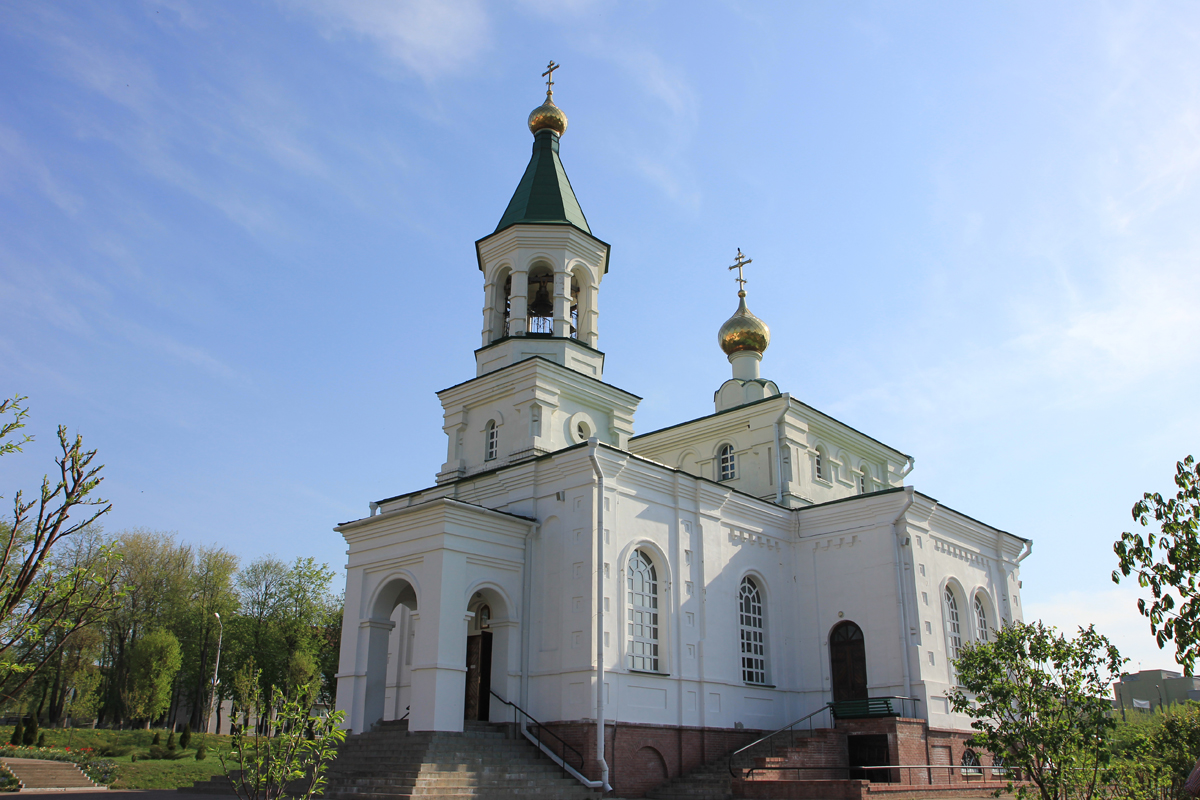


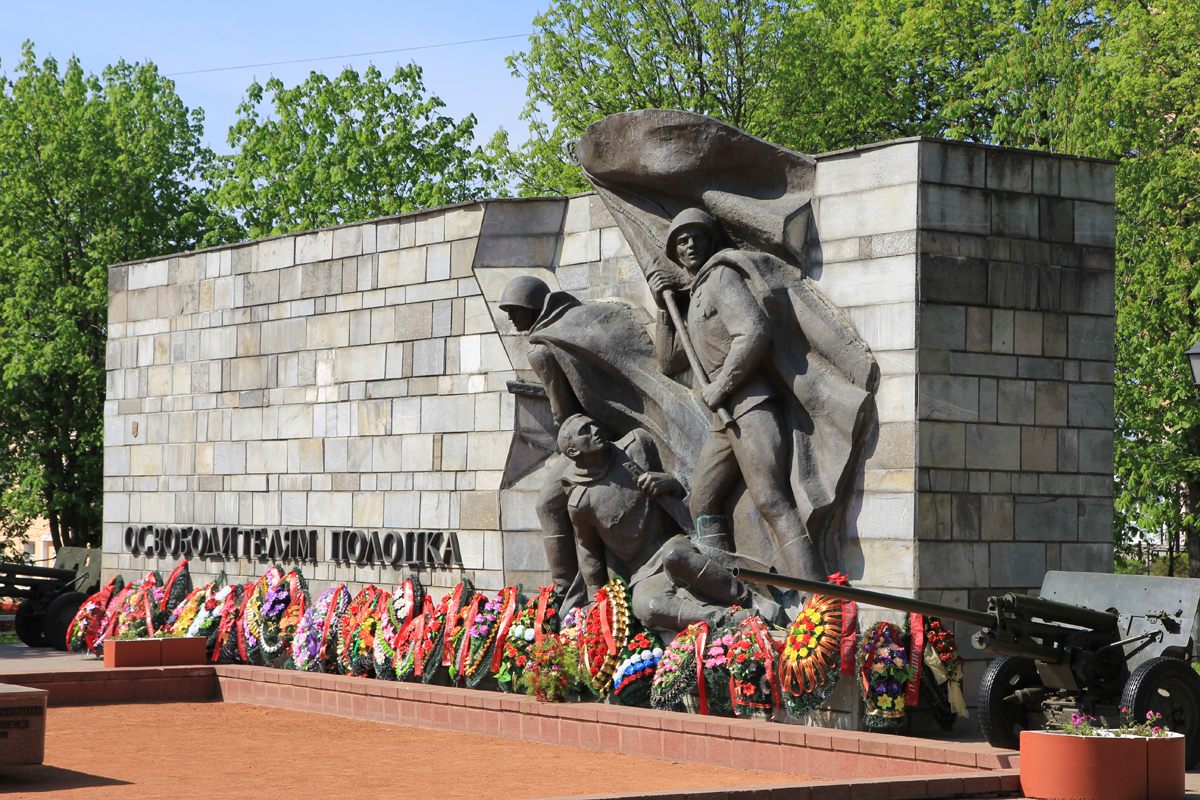
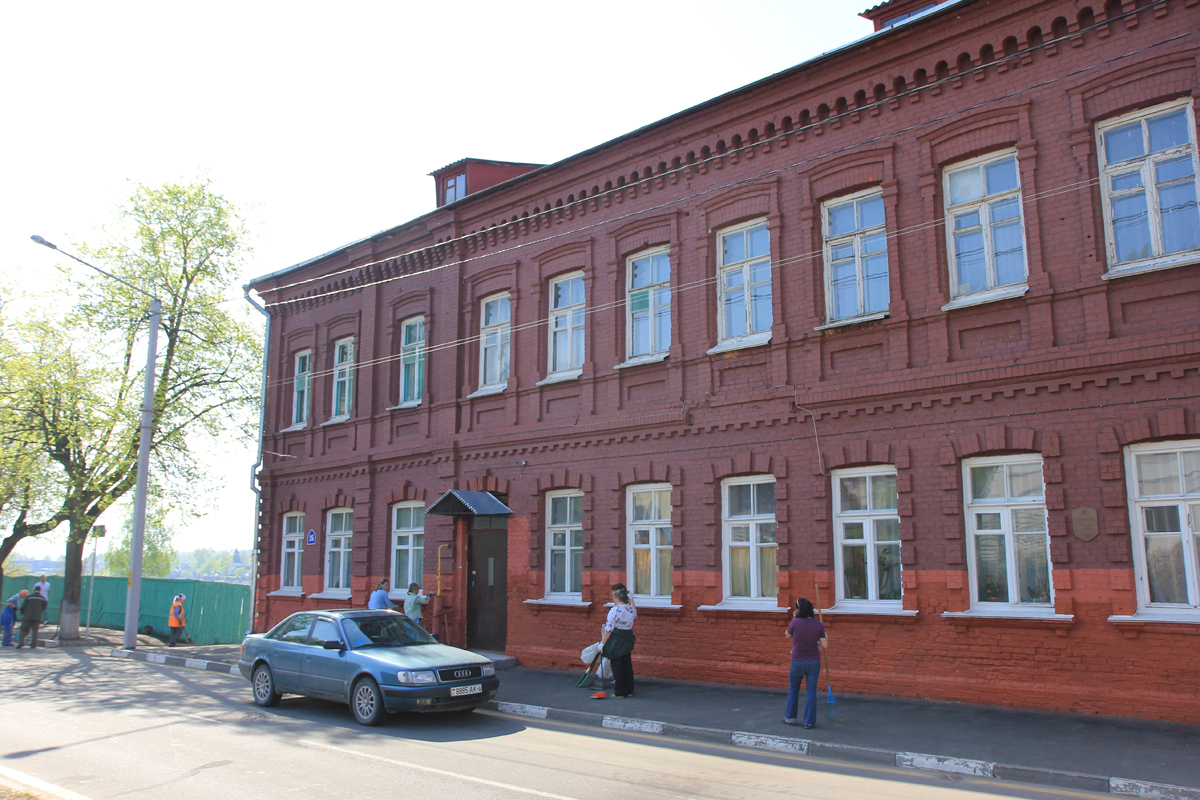
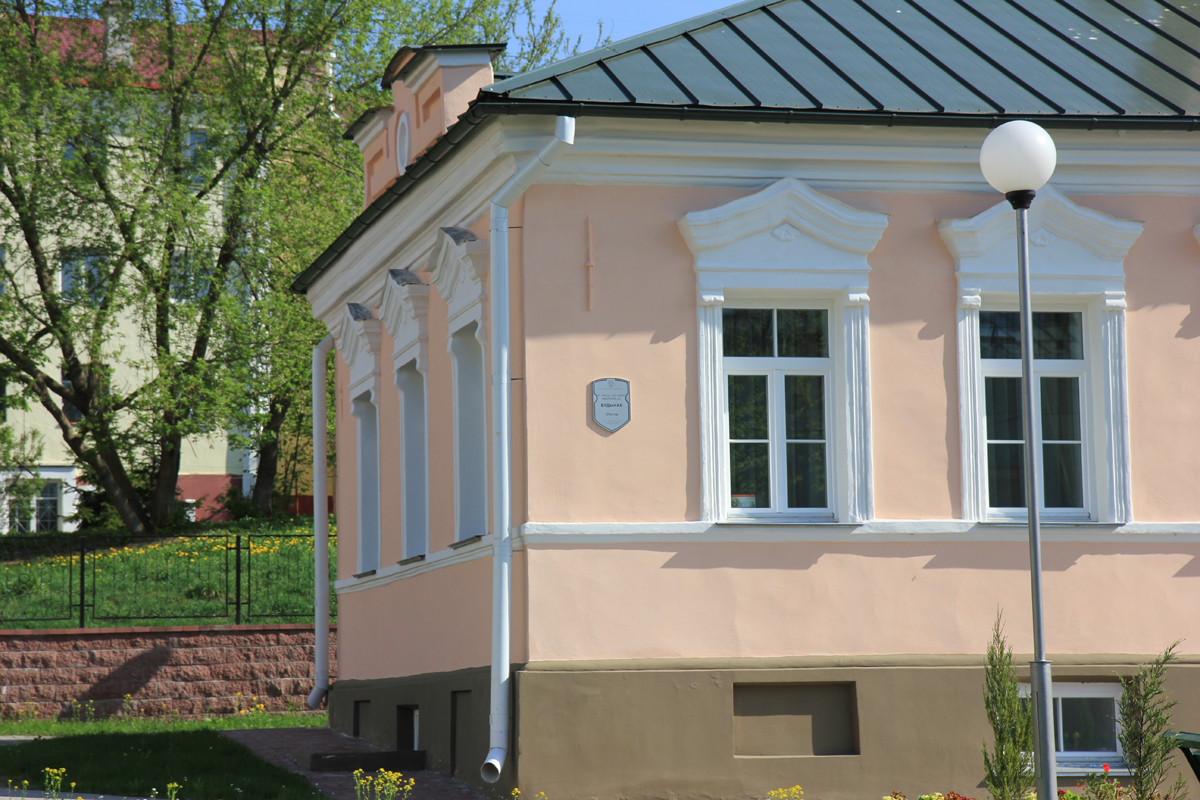
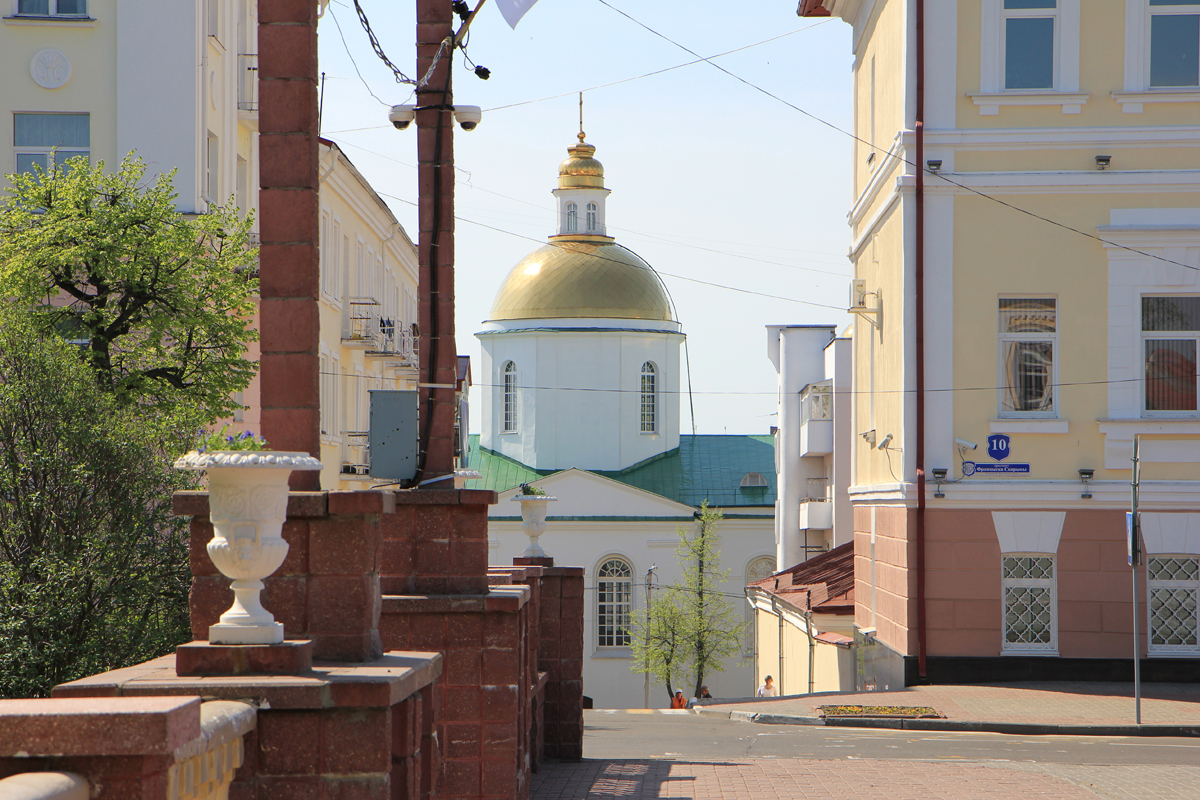


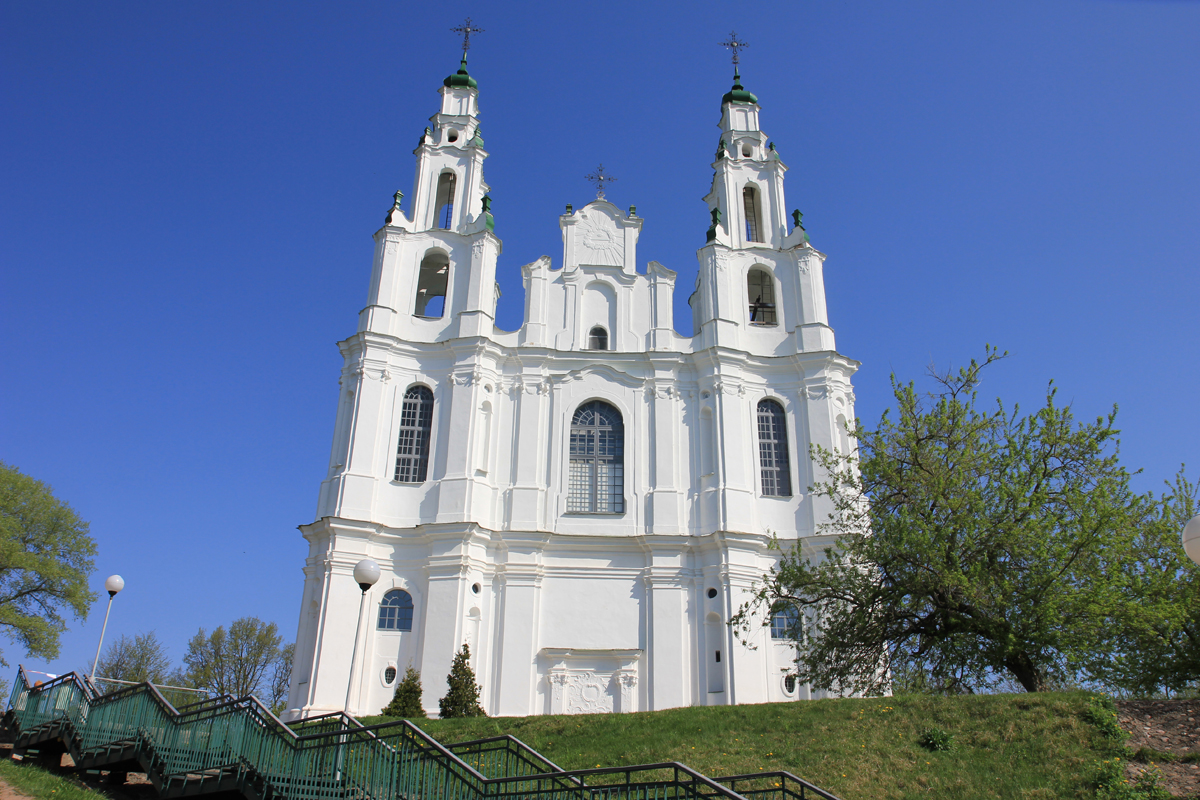


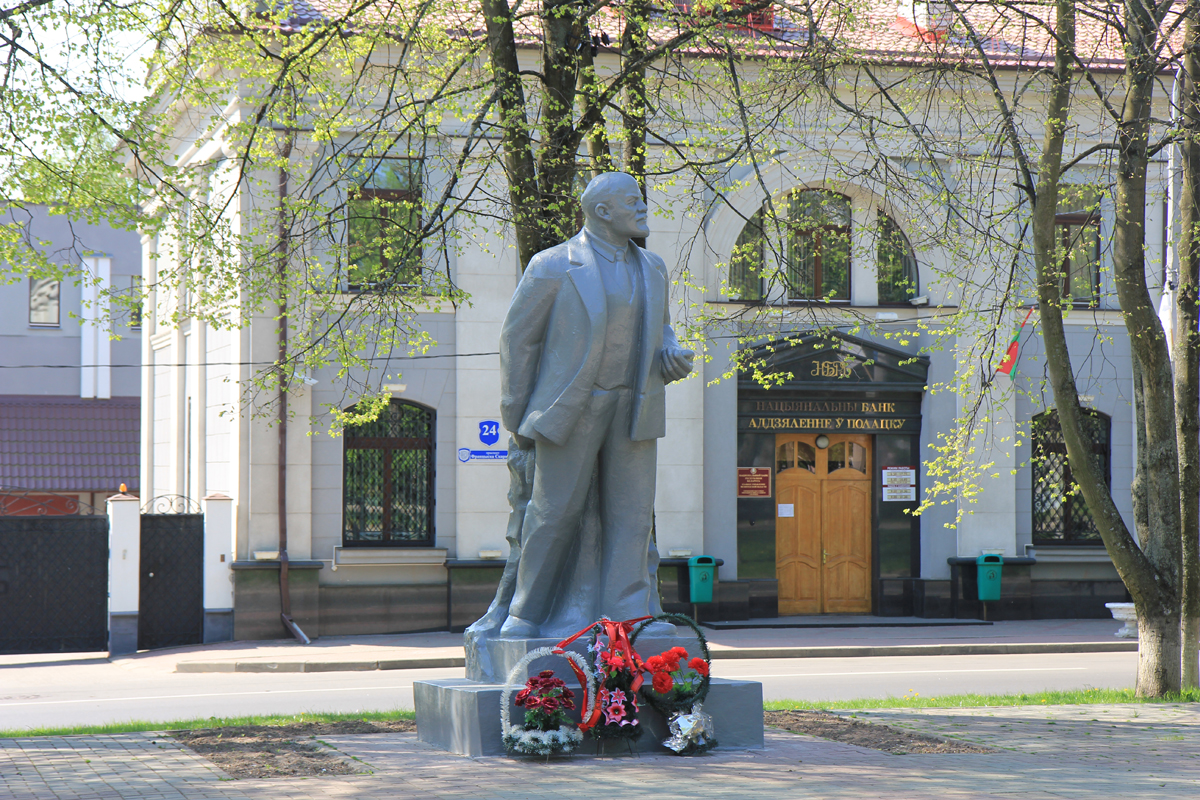
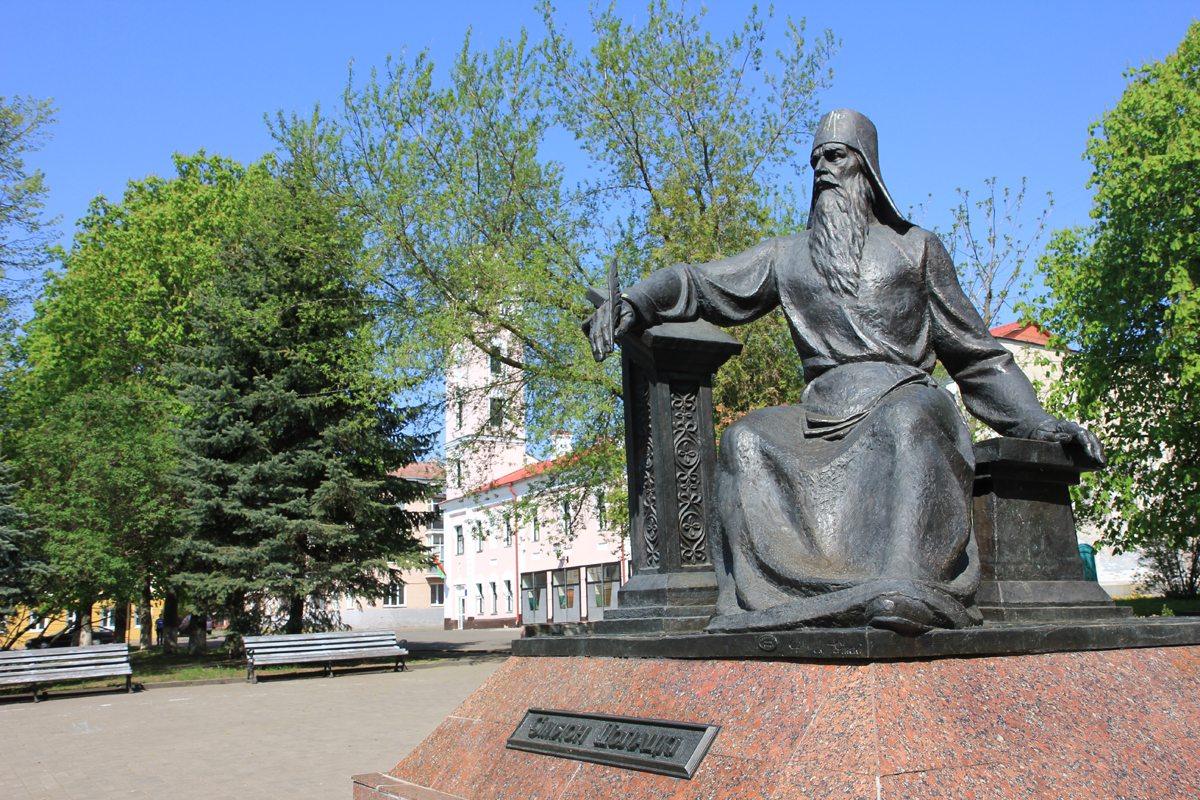
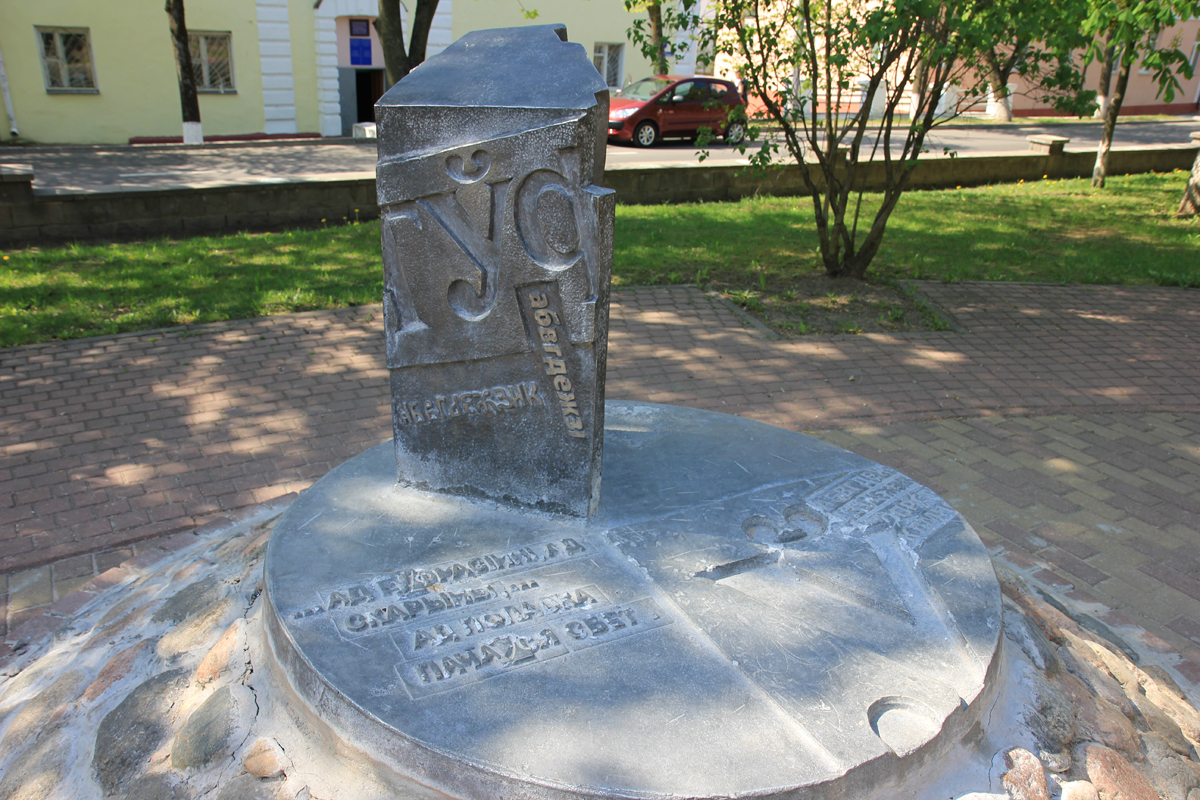

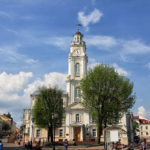
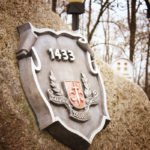
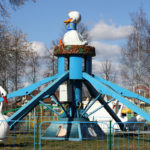
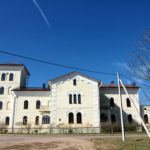
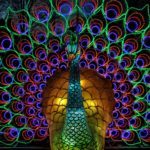
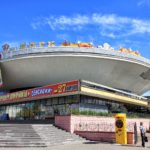
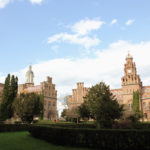
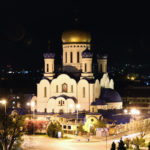

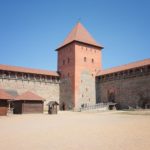
Sorry, the comment form is closed at this time.